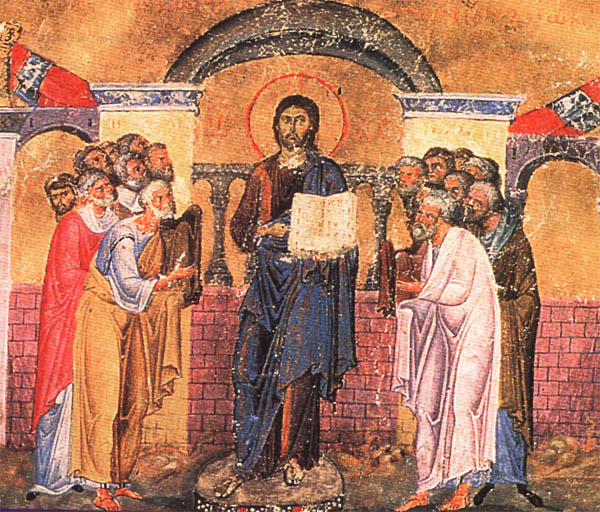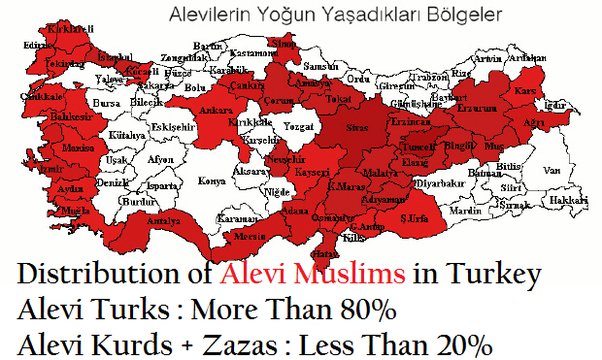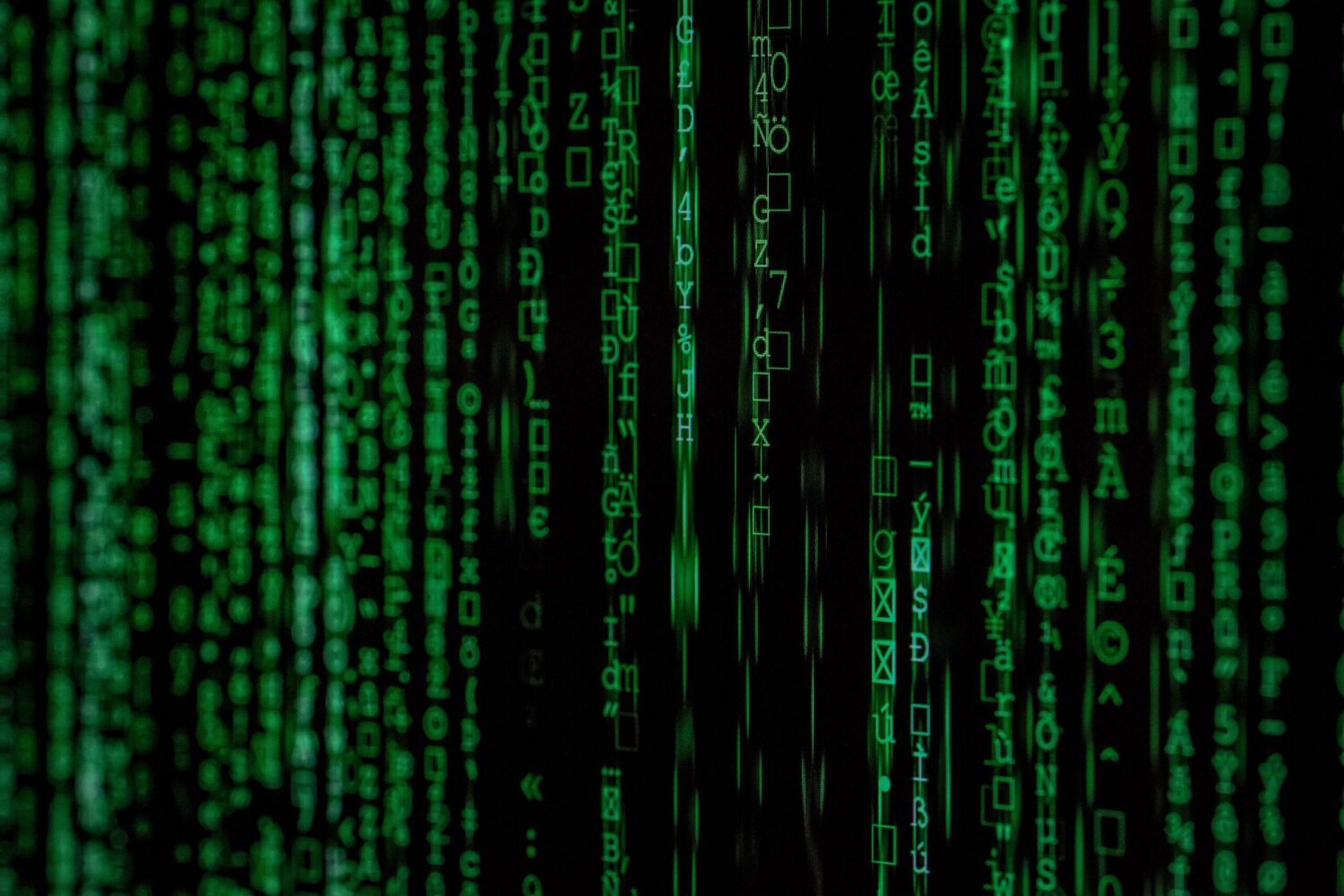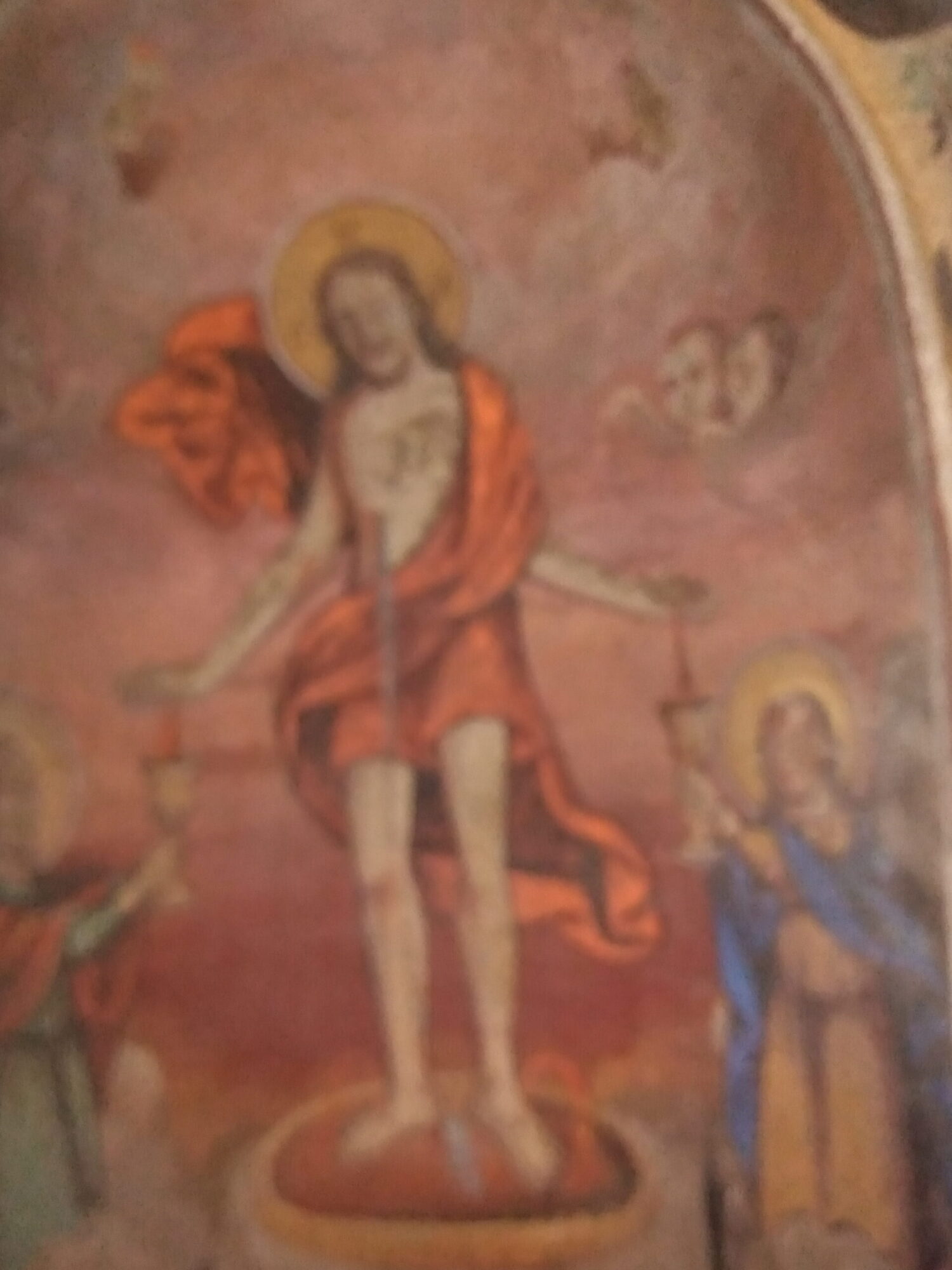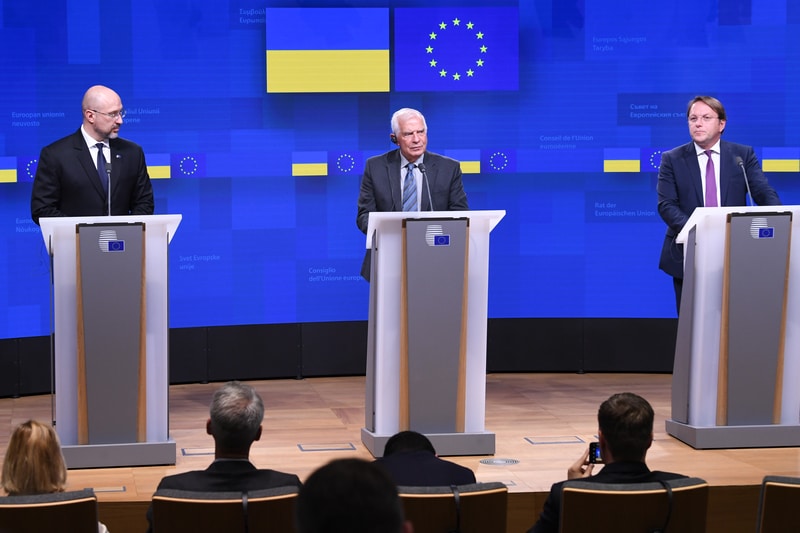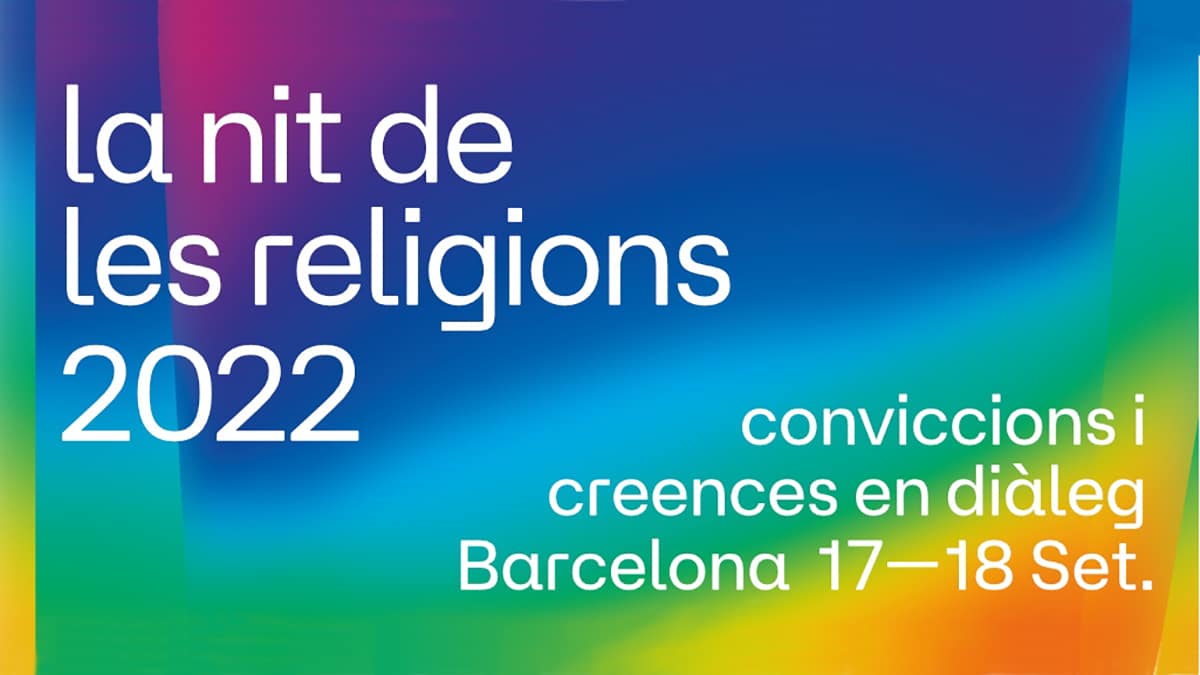The proposed article was originally printed in the Church Gazette (issues 15, 17 and 19) – an edition of our diocese, as a review of the book of Fr. M. Polsky[1] The canonical position of the supreme church authority in the USSR and abroad (from “Typography of Rev. Iov Pochaevsky in St. Troitskom monastry”, 1948, 196 p.), and it is reprinted here without any significant changes. In it I touch, as far as it is possible for me, only one of all concerned in the book of Fr. M. Polish questions, namely about the church organization abroad.
Based on a detailed analysis of facts and documents, in his book prot. Polsky comes to the following definite conclusion: “Today, the only canonical authority in the Russian Orthodox Church as a whole, both for its overseas part and – after 1927 – for Russia itself, is the Abroad Synod of Bishops” (p. 193). It is hardly possible to say more clearly. Therefore, if only out of respect for the author’s personality and work, we must treat his evidence carefully and try to put and understand the question on its merits. There is no room for controversy here. Or Fr. M. Polski is right – and then, convinced by him, all those who until that moment have thought otherwise are obliged to accept his conclusions and harmonize their church life according to them – or he is not right, but in such a case it is not enough to simply say this, but to reveal where the justice lies. There can be no relativism in the church. And the fact that so many people these days “don’t pay attention” to the question of church organization and consider it unimportant, some “business of the bishops”, is only a sign of a deep illness and loss of church consciousness. There cannot be multiple equally valid ways of understanding the Church, its nature, task and organization.
The book of Fr. M. Polski demands from us a clear and definite answer to the question: what is our specific disagreement with the Overseas Synod and where do we see the norm of the canonical structure of our church life? I am convinced that the time has come when these questions must be posed and considered in substance, that is, in the light of the Tradition of the Church, instead of in the fruitless form of “jurisdictional polemics”. Of course, just one article is not enough for this purpose. The concerted effort of the entire church consciousness is necessary. The task of this article is only to ask the question and try to evaluate the book of Fr. M. Polski in some comprehensive relationship. It goes without saying that the article has no official character and is only a private attempt – according to one’s own strength – to ecclesiastically approach some of the painful difficulties of our church life.
1. Canons and canonicity
All disputes over ecclesiastical organization usually boil down to the question of canonicity and non-canonicality, in which the ways of defining both are infinitely varied. Thus, at the basis of his judgments, Fr. M. Polski takes Apostolic Rule 34: “The bishops of each nation must know which of them is first and recognize him as the head.” And let them not do without his opinion anything that exceeds their power: let each do only that which pertains to his diocese and to the lands belonging to it. But the first should not do anything without the opinion of all. Because in this way there will be consensus and God will be glorified through the Lord in the Holy Spirit – Father and Son and Holy Spirit”.[2] However, we can ask: why, as the main criterion, Fr. M. Polsky proclaims just this and not some other rule? Take, for example, Rule 15 of the First Ecumenical Council. It prohibits bishops and clerics from moving from one diocese to another. At the same time, both in Russia and abroad, the relocated bishops were and continue to be not an exception to the rule, but a common practice, and the Abroad Synod itself was composed in its majority of bishops who abandoned their chairs. Therefore, if we take this rule as the main criterion, then under the concept of “non-canonicality” we can include the entire episcopate of the synodal period of the history of the Russian Church, not to mention emigration. We cite this example not to simplify the controversy, but only to show the arbitrary nature of the one used by Fr. M. Polish method, the application of which would make all modern disputes about canonicity meaningless. Because on the basis of individual canonical texts, arbitrarily selected and interpreted ad hoc, absolutely everything that pleases us can be proved, and in the émigré church-polemical literature, curious examples can be found of how with the help of the same canons one can prove and justify two diametrically opposed points of view. Thus, it becomes clear that before we use the canons, we must establish the norm of their use itself, i.e. try to clarify what a canon is and what its action is in the life of the Church.
It is known that the Church compiled the canons at different times and on different occasions, in the general case with the aim of correcting the distortions of church life or in connection with a change that occurred in the conditions of church life. Thus, in their origin, the canons were determined by the historical setting in view of which they were composed. From this, some “liberal” Orthodox people make the hasty and erroneous conclusion that, as a rule, the canons are “inapplicable” because the conditions of life for which they were created have changed, and therefore all disputes about canonicity are a fruitless and harmful casuistry. Opposing the “liberals” are those who can be called zealots of canonical formalism. Usually ill-informed in theology and in the history of the Church, they see in the canons only the letter and consider as heresy any attempt to see meaning behind that letter. Indeed, at first glance, the implementation of the canons faces great difficulties. So what relation to our lives could have some of the canons, for example, of the Council of Carthage, determining how to divide the dioceses with bishops who switched to the heresy of the Donatists (Council of Carthage, Rule 132)? And at the same time, the Church has repeatedly and solemnly confirmed the “indestructibility” and “unwaveringness” of the canons (Seventh Ecumenical Council, Rule 1; Council of Trulli), and the promise of fidelity to the canons is part of our bishop’s oath. In reality, however, this contradiction is apparent and based on a theological misunderstanding. The deepest error of both “liberals” and “zealots” is that they see in the canon a statute of a juridical nature – a kind of administrative rule that is automatically applicable if only a suitable text can be found. In this approach, some who find such a text try to use it to justify their position (which, in fact, is usually determined for completely different reasons), and others simply reject any reference to the canons as obviously “outdated” legislation.
The thing is, however, that the canon is not a legal document, that it is not a simple administrative rule that can be applied purely formally. The canon contains an indication of how, under the given conditions, the eternal and unchanging essence of the Church can be embodied and manifested, and precisely this eternal truth expressed in the canon – although on a completely different occasion, radically different from our historical situation – represents the eternal and unshakable content of the canon and it is she who makes the canons an invariable part of the Tradition of the Church. “The forms of historical existence of the Church – writes an Orthodox canonist – are extremely diverse. To anyone with even a little knowledge of Church history, this is so self-evident that it requires no proof. One historical form is replaced in this process by another. And yet, for all the diversity of the historical forms of church life, we find in them a constant core. This core is the dogmatic teaching of the Church, or in other words, the Church itself. Church life cannot take arbitrary forms, but only those that correspond to the essence of the Church and are able to express this essence under the specific historical conditions”.[3] Therefore, it is the canon that is the norm for how the Church embodies its immutable essence in changing historical conditions. And therefore to use the canons means, first of all, to be able to find in the text of the canon that eternal core, that side of the dogmatic teaching of the Church, which are precisely contained in it, then to update this eternally – again and again – in life. However, for such use of the canons, as for everything else in the Church, the dead knowledge of the Book of Rules is not enough,[4] but a spiritual effort is required, since the canons cannot be separated from the entire Tradition of the Church, as this people using them as absolute legal rules often do. Fidelity to the canons is fidelity to the entire Tradition of the Church, and this fidelity, in the words of Prof. Prot. Georgi Florovski, “does not mean fidelity to the external authority of the past, but is a living connection with the fullness of the Church’s experience. The reference to the Tradition is not only a historical argument, and the Tradition is not reduced to ecclesiastical archaeology”.[5]
And so, the yardstick for the ecclesiastical structure turns out to be not the bare canonical text, but the testimony contained in it about the Tradition of the Church. This is the only understanding of the canons that gives us an objective and ecclesiastical criterion for determining the applicability or non-applicability of one or another canon to a given situation, and thus also tells us the way of its use. Therefore, in our effort to determine the canonical norm of our ecclesiastical organization in these new conditions in which God has condemned us to live, we are obliged first of all to recall what the Church has always and everywhere embodied but with its external arrangement and what is that main thing to which the canons point.
2. The essence of the Church
The essence of the Church can be expressed with a single word – unity. The Greek term itself ἐκκλησία (church) means, according to the definition of St. Cyril of Jerusalem, “a gathering of all together in unity.” “And the fact that, from the very beginning, this term closely related to Old Testament terminology was taken to denote the Christian Church, speaks clearly of the consciousness of unity that was present in the primal church” – so he writes in his Essays on the History of Dogma for the Church V. Troitsky (subsequently Solovetsky confessor archbishop Hilarion).[6] However, what is the essence of this unity, what is expressed or should it be expressed?
With sadness we have to admit that if we continue to profess the unity of the Church, as well as other dogmas with our mouths, then in our consciousness this unity has become an almost hijacked concept, or almost subconsciously we have replaced its original meaning with our own concepts. While at the same time the unity of the Church is not just a “negative” sign, which means that the Church is united when there are no obvious disagreements in it, but represents the very content of church life. Unity in Christ of people with God and unity – in Christ – of the people themselves among themselves, according to the words of the Lord: “I am in them, and You in Me, so that they may be in complete unity” (John 17:23). “The church – writes Fr. G. Florovsky – is a unity not only in the sense that it is one and only, but above all because its very essence consists in the rejoining into one of the divided and fragmented human race”.[7] In the fallen and sinful world, everything divides people, and therefore the unity of the Church is supernatural. It requires a re-gathering and renewal of human nature itself – things that were accomplished by Christ in His Incarnation, in His death on the cross and Resurrection – and which are graciously given to us in the Church through the sacrament of Baptism. In the fallen world, Christ has begun a new being. “This very new being of humanity St. Ap. Paul calls the Church and characterizes it as the Body of Christ”,[8] that is, such an “organic unity of all believers that even the life of the regenerated person becomes unthinkable outside of this organic unity”.[9]
However, just as in the sacrament of Baptism we receive all the fullness of grace, but we ourselves must grow in it by being filled with it, so in the Church – all the fullness of unity is given in Christ, but each of us is required to fulfill or realize this unity, manifestation of this unity in life. In this way, the life of the Church represents a “creation of the body of Christ, until we all reach the unity of faith and the knowledge of the Son of God, to the state of a perfect man, to the full age of Christ’s perfection” (Eph. 4:12-13). “Only then will the head, that is, Christ, be fulfilled, when we are all united and fastened in the most permanent way”.[10] The way to realize this unity in Christ with a view to the creation of His Body is love. “Paul demands from us such a love – says St. John Chrysostom – that would bind us together, making us inseparable from one another, and such a perfect union as if we were members of the same body”.[11] And finally, in the Liturgy – the highest and final embodiment of the Church’s unity in Christ – only after we have “loved one another” can we pray: “All of us – partakers of the one Bread and the one Cup – unite one to another in the one Spirit of Holy Communion…” (From the Liturgy of St. Basil the Great).
Thus unity turns out to be a real content of church life. Given to the Church from the very beginning, it is also the goal of each of us and of all together – that fullness to which we are obliged to strive at every moment of our ecclesial existence.
3. The Catholicity of the Church: local and universal
Here is this unity, which is the dogmatic essence of the Church, represents in reality the norm of its organization, i.e. it is precisely what is embodied in both the external and internal organization of the Church throughout its earthly history – it is also pointed to it is invariably protected by church canons. “This unity, i.e. the church itself, does not seem like something desired and only expected. The church is not only a conceivable magnitude, it is a real historically tangible phenomenon… In the natural world, Christ has laid the beginning of a special, supernatural society, which will continue to exist alongside natural phenomena”.[12] And because of this, the historical forms of the church organization, although they change depending on the external historical conditions, change only because in these new conditions the same eternal essence of the Church and, above all, its unity is invariably embodied. That is why, under the diversity and difference of all these forms, we always find a basic core, some permanent principle, the betrayal of which or the violation of which would mean to change the very nature of the church. We have in mind the principle of the locality of the ecclesiastical structure.
The locality of the Church means that in one place, that is, in one territory, only one Church can exist, or in other words, one church organization, expressed in the unity of the priesthood. The bishop is the head of the Church – in the words of St. Cyprian of Carthage, who said: “The Church is in the bishop and the bishop is in the Church.” That is why in a Church there can be only one head – a bishop – and this bishop, in turn, heads the whole Church in the given place. “The Church of God in Corinth” (1 Cor. 1:2) – here the history of the Church begins with such church units scattered all over the world. And if subsequently this unit and its territory undergo development – from a small municipality in a given city to a diocese, from a diocese to a district and from a district to a huge patriarchate, the principle itself remains unchanged, and at its foundation always remains the same indestructible cell: the one bishop heading the one Church in the particular place. If we delve into the essence of the canons that refer to the authority of the bishop and to the distinction of this authority between the individual bishops, it will not be subject to any doubt that they protect precisely this primordial norm, demanding its embodiment regardless of the specific conditions.
Why is this so? This is so precisely because of this unity of the Church in each specific place, which is also the first concrete embodiment of that unity in which the very essence of the Church and its life consists – the unity of the people whom Christ has regenerated for new life and for who “is one Lord, one faith, one baptism” (Eph. 4:5). And therefore there can be no other principle of organization of the Church than the local and the territorial, because any other principle would mean that some other natural feature – national, racial or ideological – has replaced the supernatural, supernatural, grace unity in Christ. The Church opposes the natural divisions in the world to the supernatural unity in God and embodies this unity in its structure.
The same meaning is also contained in the other name of the Church – in naming it New Israel. Old Testament Israel was the people of God and its religion was essentially national, so accepting it meant becoming a Jew “in the flesh”, joining the Jewish people. As for the Church, its designation as the “new Israel” meant that the Christians constituted a new and united people of God, of which the Old Testament Israel was a type, and in this new unity “circumcision or uncircumcision” no longer means anything – there is no Jew there, we are Greek, but all are already one in Christ.
This very principle of locality lies at the basis of the catholicity (i.e. collegiality) of the Church.[13] The Greek word catholicity means first of all wholeness and applied to the Church, it indicates not only its universality, i.e. that the Universal Church is simply a sum of all its parts, but also that in the Church everything is Catholic, i.e. that in each of its parts the whole fullness of the experience of the Church, its whole essence, is fully embodied. “The Catholic Church residing in Smyrna” – this is how the Smyrna Christians defined themselves in the middle of the second century (Martyrdom of Polycarp 16, 2). Every Christian is also called to this catholicity, i.e. to conformity with the whole. “The order for Catholicism – says Fr. G. Florovsky – is given to everyone… The Church is Catholic in each of its members, since the Catholic whole cannot be built in any other way than through the Catholicity of all members”.[14] And so every church, every ecclesiastical community, in any place, is always a living embodiment of the whole essence of the Church: not just a part, but a member living the life of the whole organism, or rather, the Catholic Church itself , residing at this location.
(to be continued)
* “Church and church structure. About books prot. Polish Canonical position of the highest church authorities in the USSR and abroad” – In: Shmeman, A. Collection of articles (1947-1983), M.: “Русский пут” 2009, pp. 314-336; the text was originally published in: Church Gazette of the Western-European Orthodox Russian Exarchate, Paris, 1949.
Notes:
[1] Protopresbyter Mikhail Polsky (1891-1960) was a graduate of the Stavropol Theological Seminary, a priest from 1920, and in 1921 he entered the Moscow Theological Academy, which was closed soon after. In 1923 he was arrested and exiled to the Solovetsky Islands, but in 1930 he managed to escape and cross the Russian-Persian border. At first he ended up in Palestine, then (from 1938 to 1948) he was the chairman of the London parish of the Russian Orthodox Church Abroad (OROC), and in 1948 he moved to the USA, where he served in the church of the ROCOR “Joy of All Who Sorrow” in the city of San Francisco. He is the author of a number of works on the situation of the church in Soviet Russia.
[2] Cited by: The rules of the Holy Orthodox Church with their interpretations, 1, S. 1912, p. 98.
[3] Afanasyev, N. “Unchanging and temporary in church canons” – In: Living tradition. Collection, Paris 1937.
[4] Literally the Book of Rules – Slavic bilingual canonical collection (with Church Slavonic and Greek text), published for the first time in the first half of the 19th century and including the creeds of the ecumenical councils, the so-called Apostolic Rules, the rules of the ecumenical and of the local councils and the rules of the holy fathers (note trans.).
[5] Florovsky, G. “Sobornost” – In: The Church of God, London 1934, p. 63.
[6] Troitskii, V. Essays on the history of dogma about the Church, Sergiev Posad 1912, p. 15. See also: Aquilonov, E. Church (scientific definitions of the Church and apostolic teaching from it as about the Body of Christ), St. Petersburg. 1894; Mansvetov, N. New Testament teaching from Tserkva, M. 1879.
[7] Florovsky, G. Cit. op. p. 55. See also: Antonius, Mitr. Collection Sochinenii, 2, pp. 17-18: “The being of the Church cannot be compared with anything else on earth, since there is no unity there, only division… The Church is a completely new, extraordinary and unique being on earth , a “unique” that cannot be defined by any concepts taken from the life of the world… The Church is a similitude of the life of the Holy Trinity – a similitude in which the many become one.”
[8] Troitsky, V. Cit. ibid., p. 24.
[9] Ibid., p. 7.
[10] St. John Chrysostom, “Interpretation of the Epistle to the Ephesians”, Sermon 2 – In: The Creation of St. Joanna Chrysostom in Russian translation, 2, pp. 26-27.
[11] Ibid., p. 96.
[12] Troitskyi, V. Cit. ibid., p. 24.
[13] The exact name of the Orthodox Church is the Eastern Orthodox Catholic Church (for this see in: Prostrannyi khristianskii catechesis by Mitr. Philaret).
[14] Florovsky, G. Cit. same, p. 59.



